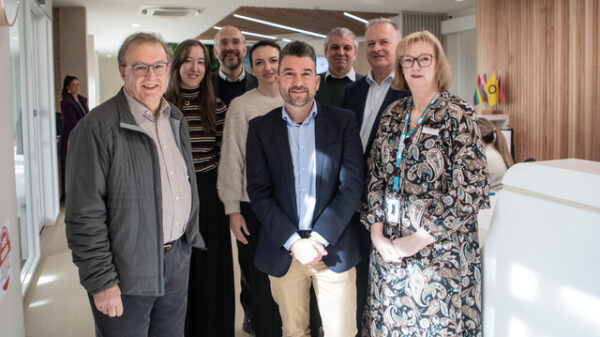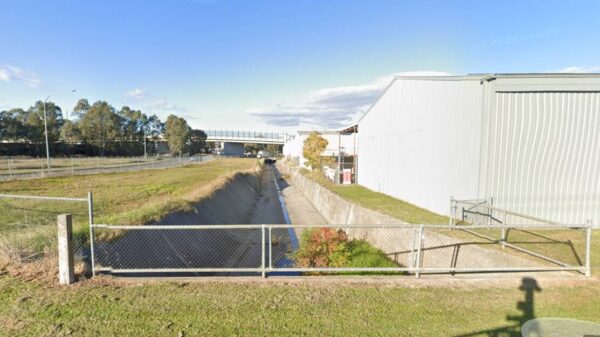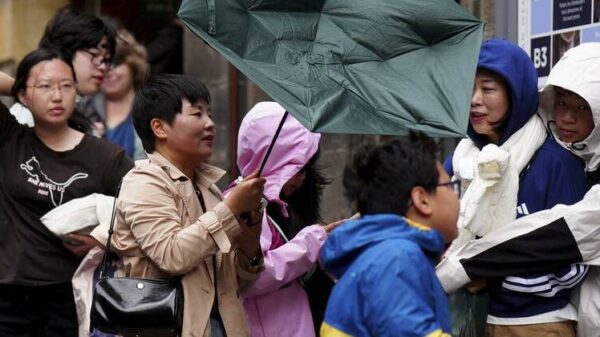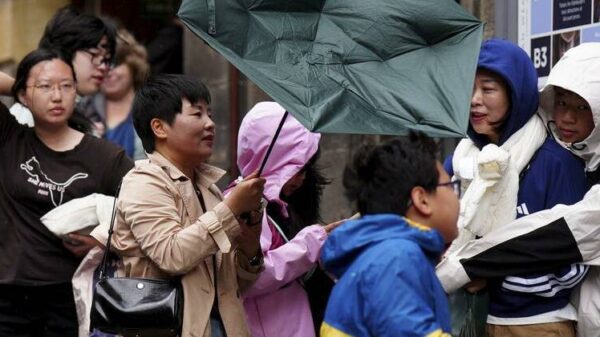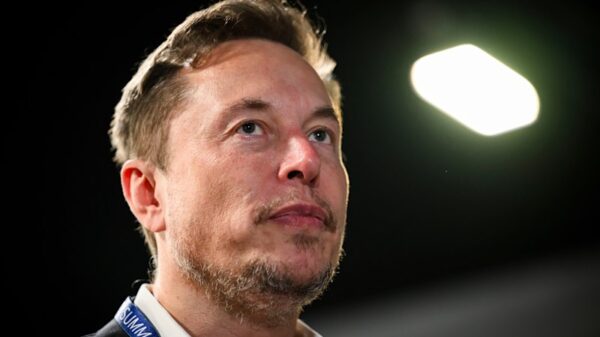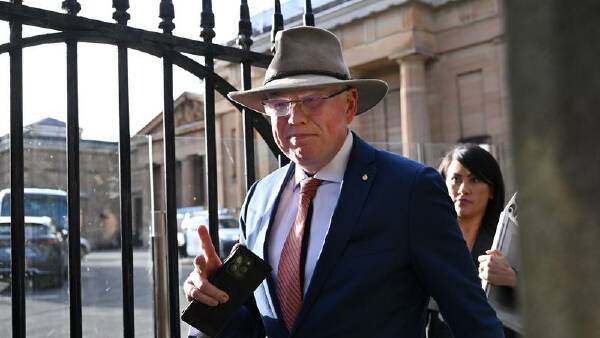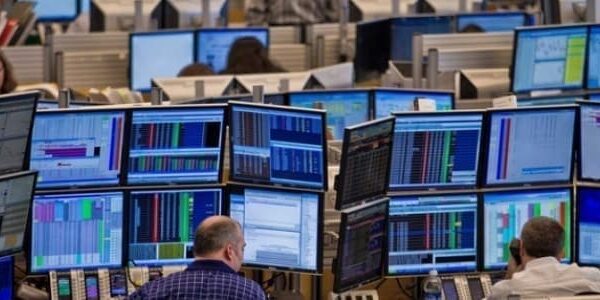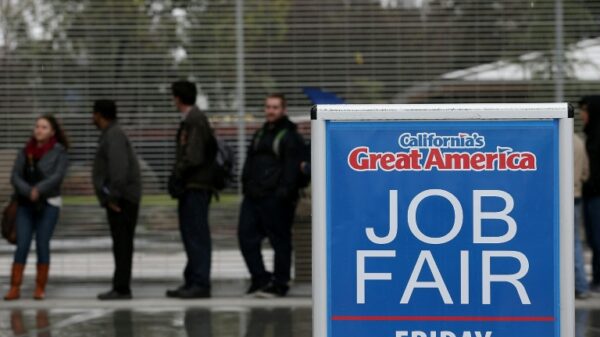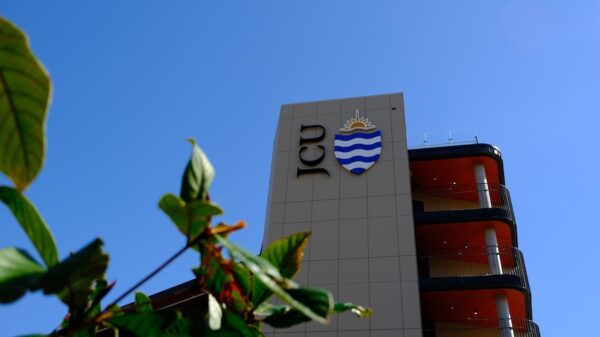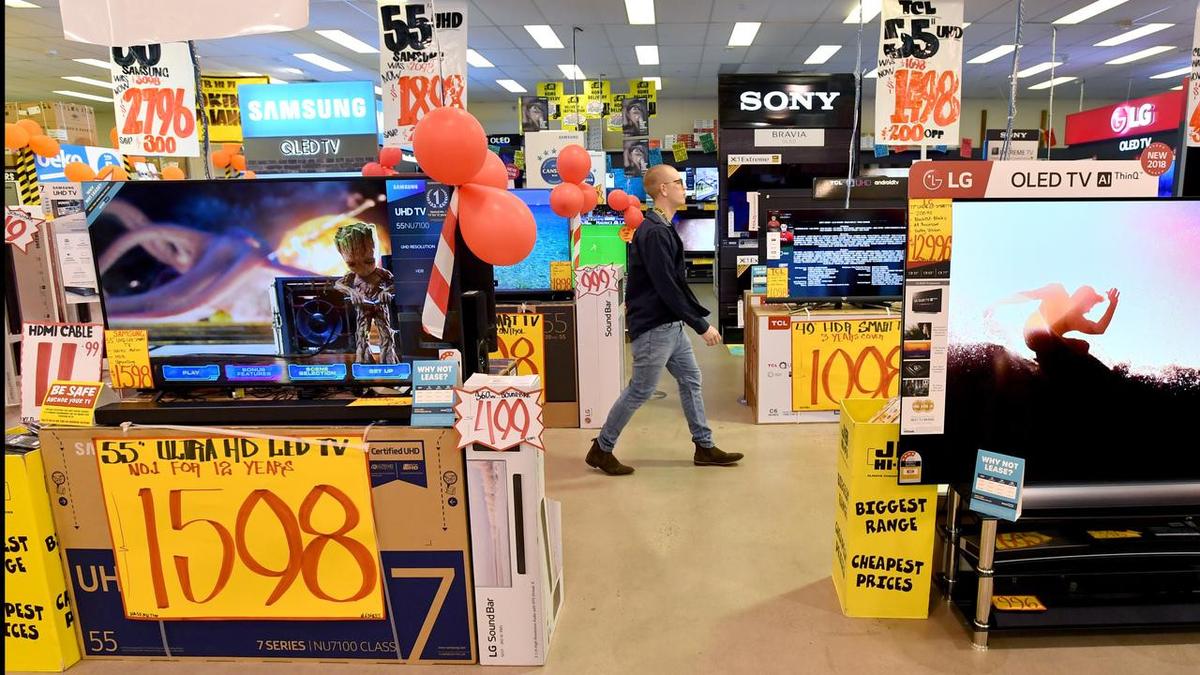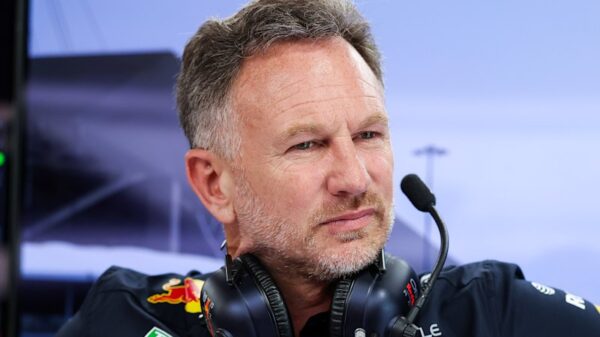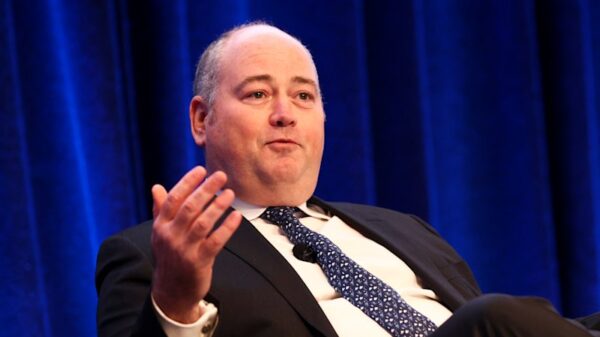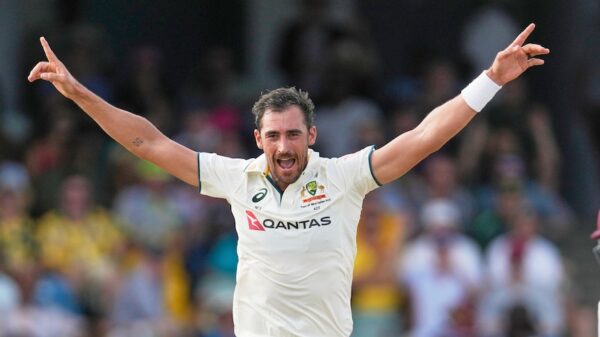UPDATE: Australians are significantly increasing their spending on non-essential items as price pressures ease, according to new data. Household spending surged by 0.5 percent in June 2023, building on a previous 1 percent increase in May, as shoppers eagerly purchased new cars, electronics, and food.
The Australian Bureau of Statistics released figures indicating that spending on furnishings and household equipment topped the list, rising by an impressive 2 percent. Additionally, spending on clothing and shoes saw a boost of 1.6 percent, while food expenditures increased by 1.5 percent. However, there was a decline in spending on alcohol, tobacco, health, and dining out during the same period.
When comparing this June to June 2022, Australians spent 7.9 percent more on recreation and culture and 7.5 percent more on food, demonstrating a robust recovery in consumer behavior. Overall household spending is now 4.8 percent higher year-on-year, with the volume of spending reaching $217.8 billion in the June quarter—a third consecutive rise of 0.7 percent.
According to Robert Ewing, head of business statistics at the bureau, these figures reflect a “steady improvement in consumer confidence as price pressures eased over the year.” This sentiment is echoed in the latest consumer confidence report from Roy Morgan, which revealed a significant rise of 3.9 points to surpass 90 points for the first time since May 2022.
Spending growth was observed in nearly every Australian state and territory, with the Northern Territory (NT) experiencing the largest increase. The only exception was Western Australia (WA), where spending dropped by 0.3 percent.
As inflation rates decline, there are increasing expectations that the Reserve Bank of Australia may cut interest rates during its upcoming meeting in August, following its decision to keep the cash rate unchanged in July. This potential easing could further stimulate consumer spending.
In summary, as Australians embrace a renewed confidence in their financial futures, the trend towards increased spending on non-essentials is becoming a significant driver of economic growth. More developments are expected as consumer confidence continues to rise. Stay tuned for updates.

